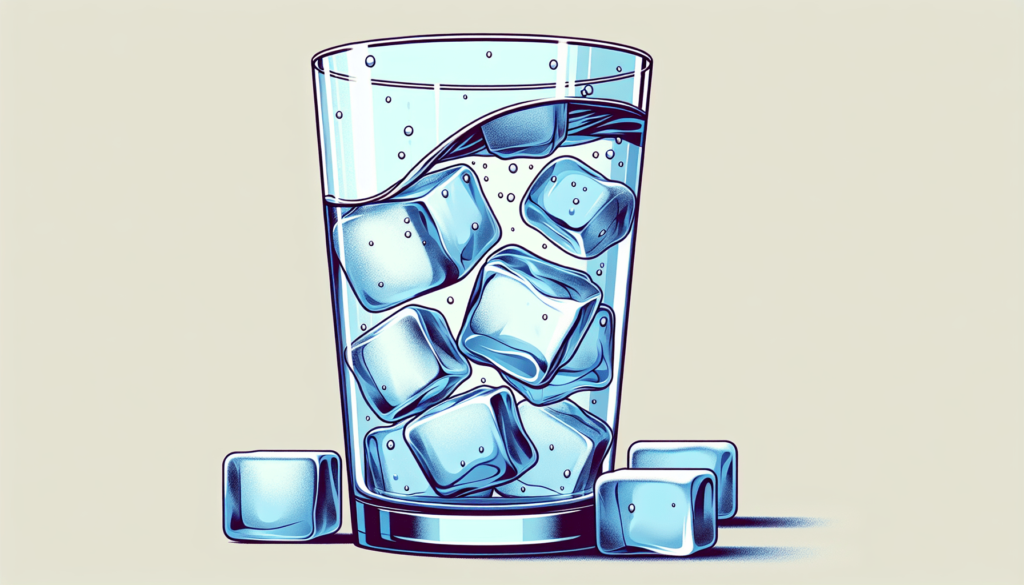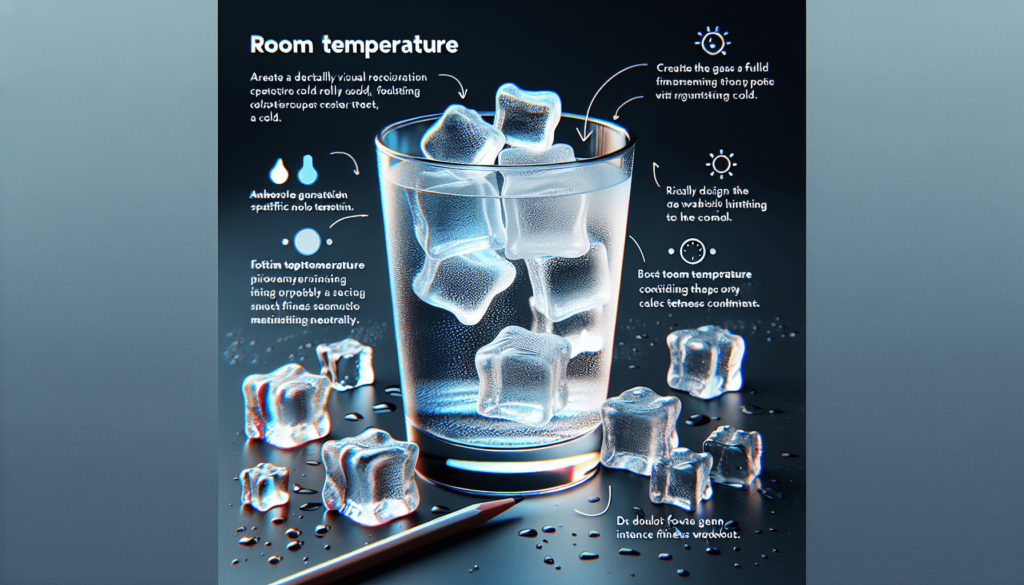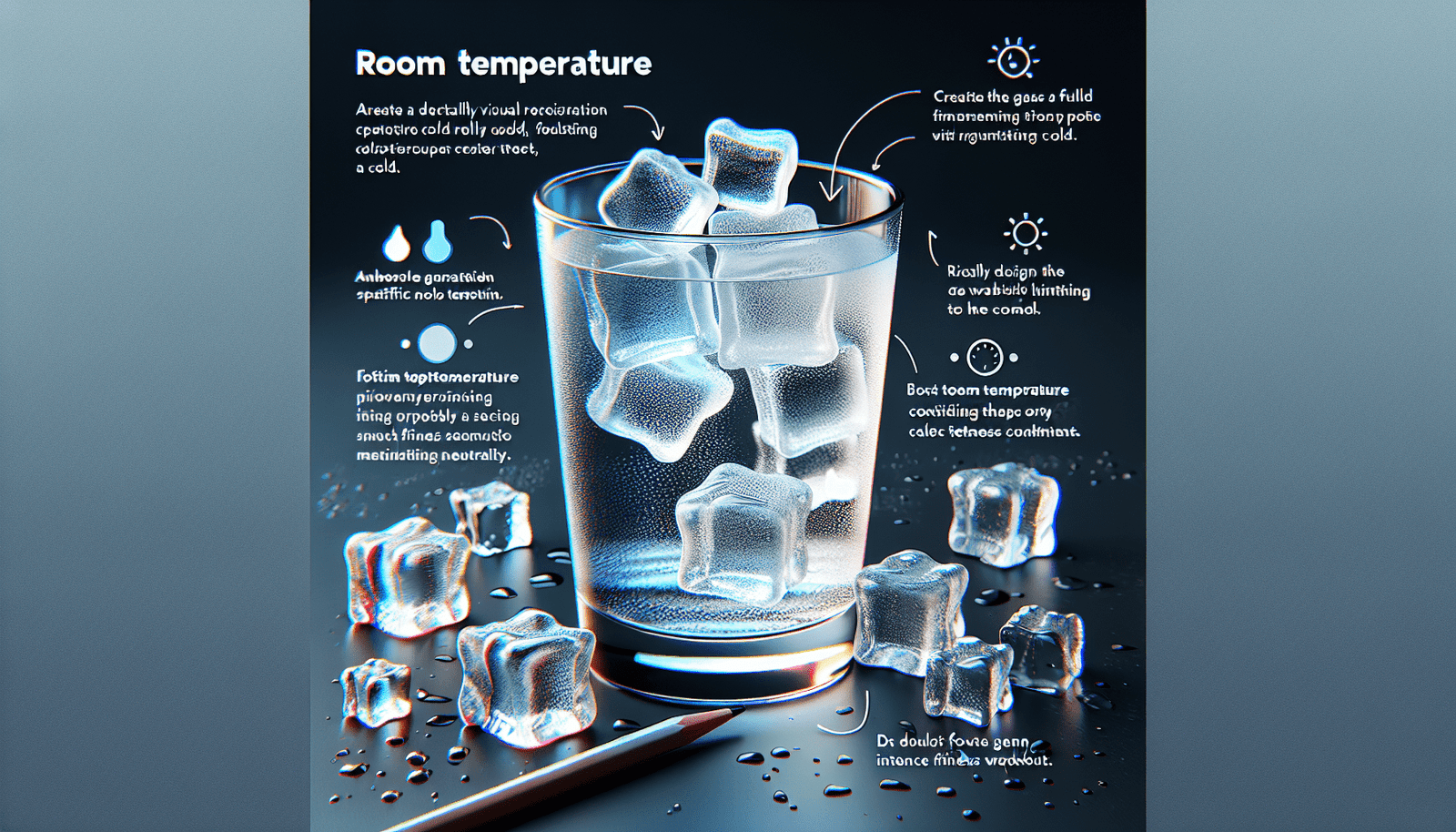Hey there! If you’re wondering whether you can use cold water instead of an ice bath for your post-workout recovery, the answer is yes! While ice baths are known for their ability to reduce inflammation and muscle soreness, cold water can also be an effective alternative. By submerging yourself in cold water after a tough workout, you can still reap the benefits of improved circulation and reduced swelling. So go ahead and give it a try next time you need a quick recovery boost! Can You Use Cold Water Instead Of Ice Bath?
Can you use cold water instead of an ice bath? This is a common question among athletes and fitness enthusiasts looking to aid in recovery after a tough workout. In this article, we will explore the benefits of cold water immersion, how it compares to an ice bath, and provide tips for safely incorporating cold water immersion into your recovery routine.
Benefits of Cold Water Immersion
Cold water immersion, also known as cold water therapy or cold water therapy, involves immersing the body in cold water for a period of time to help reduce inflammation and muscle soreness. Unlike an ice bath, which requires the use of ice to cool the water, cold water immersion simply involves using cold water alone.
Cold water immersion has been shown to have several benefits for recovery, including reducing muscle soreness, decreasing inflammation, enhancing circulation, and improving overall recovery time. While an ice bath can provide similar benefits, cold water immersion may be more accessible and convenient for some individuals.
Reduces Muscle Soreness
One of the primary benefits of cold water immersion is its ability to reduce muscle soreness. The cold water helps to constrict blood vessels and decrease blood flow to the muscles, which can help relieve pain and soreness after a tough workout. This can be especially beneficial for athletes looking to speed up their recovery time and reduce discomfort between training sessions.
Decreases Inflammation
In addition to reducing muscle soreness, cold water immersion can also help decrease inflammation in the body. When the body is exposed to cold water, it triggers a natural anti-inflammatory response that can help reduce swelling and promote healing. This can be particularly beneficial for individuals recovering from injuries or experiencing chronic inflammation.
Enhances Circulation
Cold water immersion can also enhance circulation throughout the body, promoting the delivery of oxygen and nutrients to muscles and tissues. By constricting blood vessels initially and then dilating them upon exiting the water, cold water immersion can help improve blood flow and circulation, which is essential for recovery and healing.
Improves Recovery Time
Overall, cold water immersion can help improve recovery time between workouts or training sessions. By reducing muscle soreness, decreasing inflammation, and enhancing circulation, cold water immersion can help the body recover faster and more effectively. This can allow athletes to train harder and more frequently without experiencing as much discomfort or fatigue.

How Cold Water Immersion Compares to Ice Bath
While both cold water immersion and ice baths involve exposing the body to cold temperatures for recovery purposes, there are some key differences between the two methods. Understanding these differences can help you decide which method may be best for your individual needs and preferences.
Temperature
One of the main differences between cold water immersion and ice baths is the temperature of the water. In an ice bath, the water is typically chilled to temperatures between 50-59°F (10-15°C) by adding ice. Cold water immersion, on the other hand, may involve water temperatures between 50-70°F (10-21°C) without the addition of ice.
Duration
Another difference between cold water immersion and ice baths is the recommended duration of exposure. Ice baths are typically recommended for 10-20 minutes, depending on individual tolerance and preferences. Cold water immersion, on the other hand, may be performed for shorter periods of time, such as 5-10 minutes, due to the colder temperatures of the water.
Convenience
Cold water immersion may be more convenient for some individuals compared to ice baths, as it does not require the additional step of adding ice to the water. This can make cold water immersion a more accessible option for those looking to incorporate cold therapy into their recovery routine without the need for specialized equipment or facilities.
Comfort
Some individuals may find cold water immersion to be more comfortable than an ice bath, as the temperatures may be slightly warmer and less intense. Cold water immersion can still provide similar benefits to an ice bath, but with potentially less discomfort for those sensitive to colder temperatures.

Tips for Safely Incorporating Cold Water Immersion
If you are considering incorporating cold water immersion into your recovery routine, it is important to do so safely and effectively. Here are some tips to help you get started with cold water immersion and maximize its benefits:
Start Slow
If you are new to cold water immersion, start with shorter durations and gradually increase the time as your body acclimates to the cold temperatures. Starting slow can help you avoid shock or discomfort and allow your body to adjust to the changes in temperature.
Monitor Your Body
Pay attention to how your body responds to cold water immersion and listen to any signs of discomfort or distress. If you experience numbness, tingling, or extreme cold sensations, exit the water immediately and warm up gradually. It is important to prioritize your safety and well-being during cold water immersion.
Stay Hydrated
Cold water immersion can cause the body to lose heat more quickly, which can lead to dehydration if not properly hydrated. Be sure to drink plenty of water before and after your cold water immersion session to help maintain hydration levels and support recovery.
Warm Up Afterwards
After completing your cold water immersion session, it is important to warm up gradually to avoid any shock to the body. Use towels, blankets, or warm clothing to help increase body temperature and reduce the risk of hypothermia. Additionally, you may consider performing light stretching or mobility exercises to promote circulation and muscle recovery.
Listen to Your Body
Above all, listen to your body and adjust your cold water immersion routine based on how you feel. If you experience any negative side effects or discomfort, consider consulting with a healthcare professional or sports medicine specialist to ensure that cold water immersion is safe and appropriate for your individual needs.

Conclusion
In conclusion, cold water immersion can be an effective and accessible method for aiding in recovery after exercise or physical activity. While similar to an ice bath in some ways, cold water immersion offers unique benefits and may be more convenient for some individuals. By incorporating cold water immersion into your recovery routine safely and effectively, you can help reduce muscle soreness, decrease inflammation, enhance circulation, and improve overall recovery time. Give it a try and see how cold water immersion can benefit your fitness and recovery goals!


